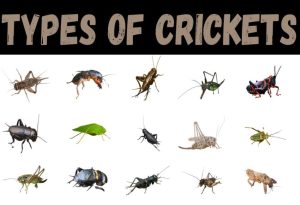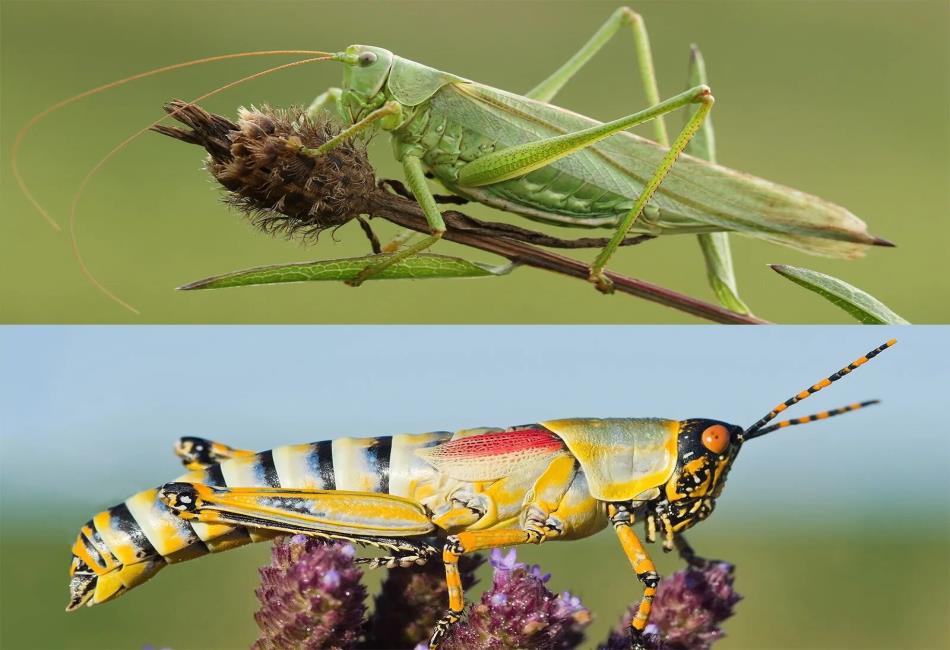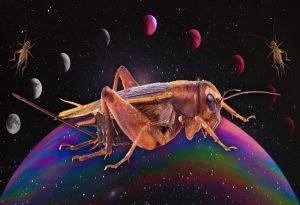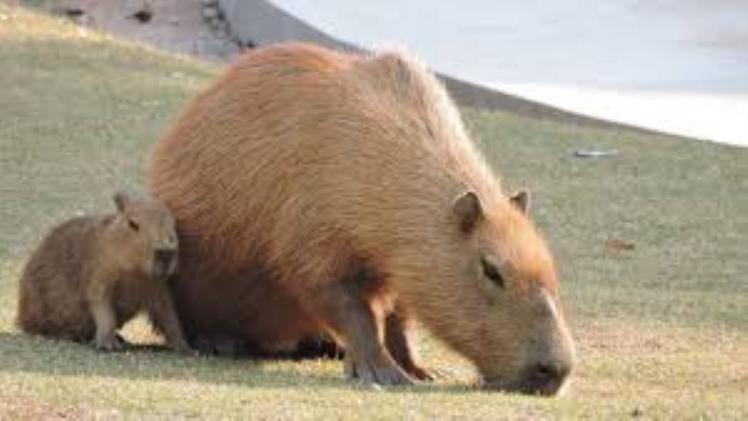Cricket: The Chirping Insect of the Night – A Complete Guide to the Cricket Animal
Cricket Animal, with their distinctive chirps and elusive nocturnal behavior, are among the most recognizable insects across the globe. Found on every continent except Antarctica, these small creatures belong to the family Gryllidae and play a vital role in the ecosystem. From their biology and behavior to their cultural symbolism and even culinary appeal, crickets are more than just background music on a summer night.
In this article, we’ll dive into everything you need to know about the cricket insect—its anatomy, life cycle, ecological importance, and more.
What Is a Cricket?
Crickets are orthopteran insects, closely related to grasshoppers and katydids. There are over 900 species of crickets, ranging in size from a few millimeters to more than 2 inches in length. They typically have cylindrical bodies, long antennae, powerful hind legs for jumping, and two pairs of wings—one for flight and the other for sound production.
Crickets are most commonly known for their chirping sound, which males produce to attract females. This sound is created by rubbing their forewings together in a process known as stridulation.
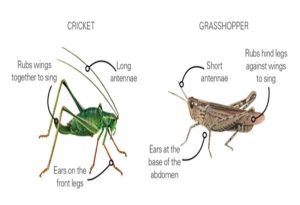
Anatomy of a Cricket
Crickets, like other insects, have three main body parts: the head, thorax, and abdomen. Here are the key anatomical features:
-
Antennae: Long and sensitive, used for touch and smell.
-
Compound Eyes: Allow them to detect movement and navigate low-light environments.
-
Legs: Their powerful hind legs enable them to leap several times their body length.
-
Wings: Males use their front wings to produce chirping sounds.
-
Cerci: Paired appendages at the rear of the abdomen, used to sense vibrations.
Habitat and Distribution
Crickets thrive in a wide variety of environments, including:
-
Grasslands
-
Forests
-
Caves
-
Gardens and meadows
-
Human dwellings (house crickets)
They are mostly nocturnal and prefer warm, dark places to hide during the day. Some species, like the mole cricket, burrow underground, while others inhabit trees or shrubs.
Life Cycle of a Cricket Animal
Crickets go through incomplete metamorphosis, consisting of three main stages:
-
Egg – Female crickets lay eggs in soil or plant stems using a structure called an ovipositor.
-
Nymph – Once hatched, nymphs look like miniature adults but lack wings and reproductive organs. They molt multiple times.
-
Adult – After several molts, crickets develop wings and are capable of reproduction.
The entire life cycle typically takes 2 to 3 months, depending on species and environmental conditions.
Cricket Behavior
One of the most fascinating aspects of crickets is their acoustic behavior. Male crickets chirp to:
-
Attract mates
-
Establish territory
-
Ward off rivals
Interestingly, the rate of chirping can vary with temperature. A formula called Dolbear’s Law helps estimate the temperature based on cricket chirps.
Crickets are generally omnivores. Their diet includes:
-
Plant material
-
Fungi
-
Small insects or larvae
-
Decaying organic matter
They are opportunistic feeders, which makes them adaptable to various environments.
Ecological Role
Crickets play a crucial role in their ecosystems:
-
Decomposers: They help break down plant matter and return nutrients to the soil.
-
Prey: Serve as a vital food source for birds, frogs, lizards, and spiders.
-
Pollinators: Some species contribute to pollination by feeding on nectar and moving from flower to flower.
Their presence is an indicator of a healthy environment, as they are sensitive to pollution and habitat loss.
Crickets in Culture and Symbolism
Crickets have been revered in many cultures:
-
China: Crickets symbolize good luck, prosperity, and courage. Cricket fighting was a traditional pastime.
-
Native American folklore: Crickets often appear as symbols of good fortune and are believed to bring messages.
-
Europe: A cricket on the hearth was once thought to bring protection and happiness to a household.
Charles Dickens even wrote a novella titled “The Cricket on the Hearth,” reinforcing its status as a symbol of domestic peace.
Crickets as Food
In many parts of the world, crickets are not only admired but also consumed:
-
Edible insects: Crickets are high in protein, fiber, vitamins, and minerals.
-
Sustainable nutrition: Farming crickets has a low environmental impact, requiring less water, land, and feed compared to livestock.
-
Cricket-based products: Today, you can find cricket flour, protein bars, and snacks available globally.
Countries like Thailand, Mexico, and Uganda regularly include crickets in traditional diets.
Crickets and Science
Crickets are used in scientific research due to their:
-
Easy breeding in captivity
-
Distinct behaviors
-
Relatively simple nervous systems
Studies involving crickets have contributed to advancements in neuroscience, genetics, and robotics.
Common Types of Crickets
Here are a few well-known species:
-
House Cricket (Acheta domesticus) – Common in homes and used as pet food.
-
Field Cricket (Gryllus spp.) – Known for loud chirping; lives outdoors.
-
Mole Cricket (Gryllotalpidae) – Burrowing species with spade-like forelegs.
-
Tree Cricket (Oecanthinae) – Pale green and found on vegetation; produce melodic chirps.
-
Camel Cricket (Rhaphidophoridae) – Humpbacked and wingless, often found in basements.
Threats to Cricket Populations
Despite their abundance, some cricket species face challenges:
-
Habitat loss due to agriculture and urbanization
-
Pesticide use disrupting populations
-
Climate change affecting breeding cycles and habitats
-
Light pollution interfering with mating calls and natural behavior
Conservation efforts are being promoted in some areas, especially for rare or endemic species.
Conclusion
Crickets are more than just nighttime noise-makers; they are vital ecological players, cultural icons, and even sources of sustainable nutrition. Whether chirping in a field or featured on a menu, these insects deserve more appreciation and awareness. As the world grows increasingly conscious of biodiversity and sustainability, the humble cricket may emerge as an unlikely yet invaluable ally.
Fun Fact: Did you know that some people keep crickets as pets, especially in East Asia? Their chirping is believed to bring peace and joy to the home!
If you’ve ever paused to listen to the rhythmic chirp of a cricket on a warm evening, now you know—you were hearing the song of an ancient, fascinating creature with a surprising story to tell.
FAQs: Cricket: The Chirping Insect of the Night – A Complete Guide to the Cricket Animal
Q1: What is a cricket insect?
A cricket is an insect from the Gryllidae family known for its chirping sound, long antennae, and powerful hind legs used for jumping.
Q2: Why do crickets chirp?
Only male crickets chirp to attract females, establish territory, or ward off other males. They produce sound by rubbing their forewings together—a process called stridulation.
Q3: Where do crickets live?
Crickets are found worldwide in grasslands, forests, caves, and even inside homes. They prefer warm, dark, and moist environments.
Q4: What do crickets eat?
Crickets are omnivores. Their diet includes plants, fungi, decaying matter, and smaller insects.
Q5: How long do crickets live?
The average cricket lives for 2 to 3 months, progressing through egg, nymph, and adult stages in its life cycle.
Q6: Are crickets harmful?
Generally, crickets are harmless. However, in large numbers, they may damage plants or fabrics and become a nuisance indoors.
Q7: Can crickets be eaten?
Yes, crickets are a sustainable and nutritious food source in many cultures, high in protein, vitamins, and minerals.
Q8: What is the ecological role of crickets?
Crickets help decompose organic material and serve as a food source for many predators, making them essential to the food chain.
Q9: How can you tell the temperature from a cricket’s chirp?
Using Dolbear’s Law, you can estimate the temperature by counting the number of chirps a cricket makes in a set time and applying a simple formula.
Q10: Are all crickets the same?
No, there are over 900 species of crickets, including house crickets, field crickets, mole crickets, and tree crickets—each with unique characteristics and habitats.
Which animal is cricket?
